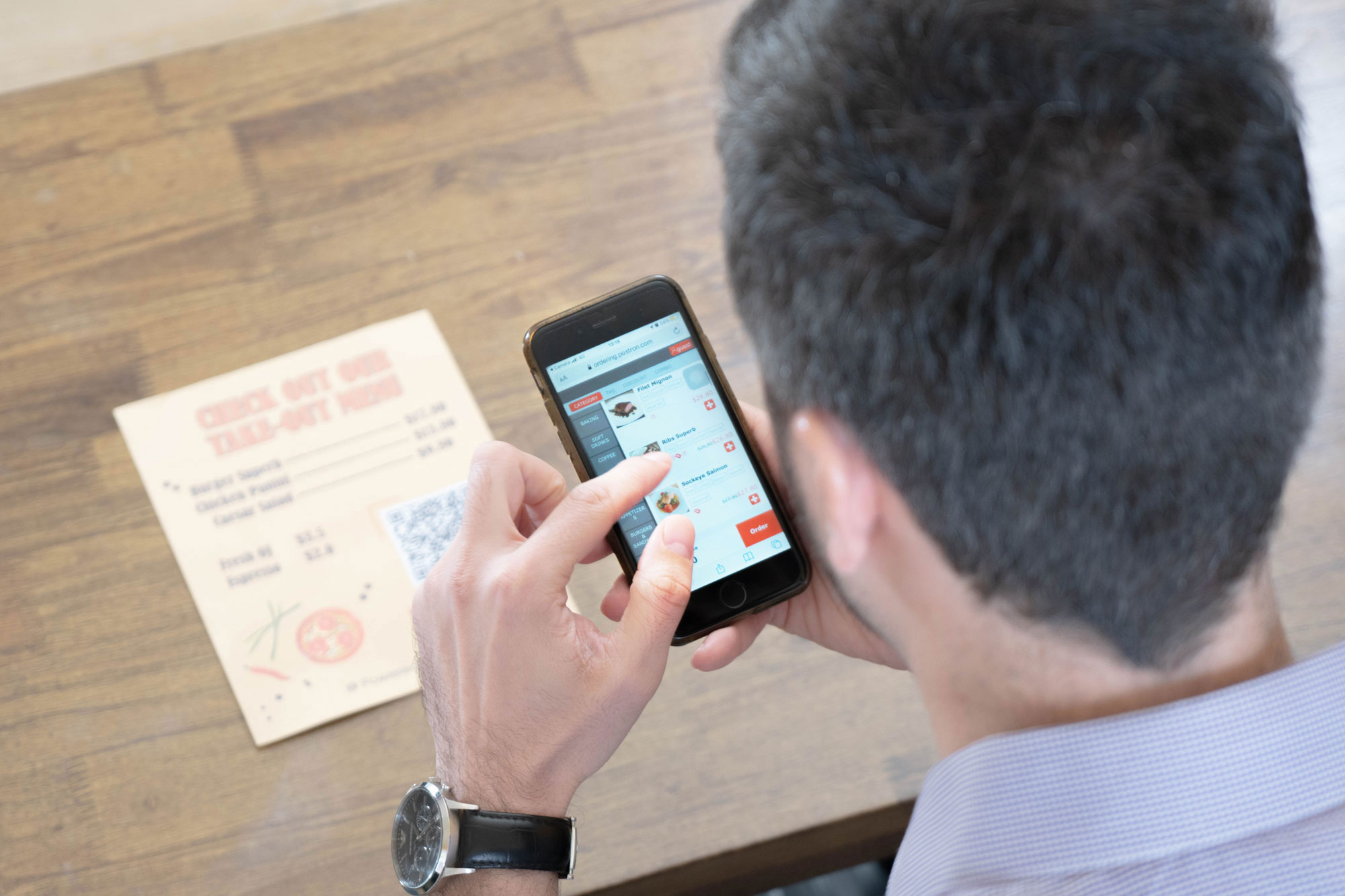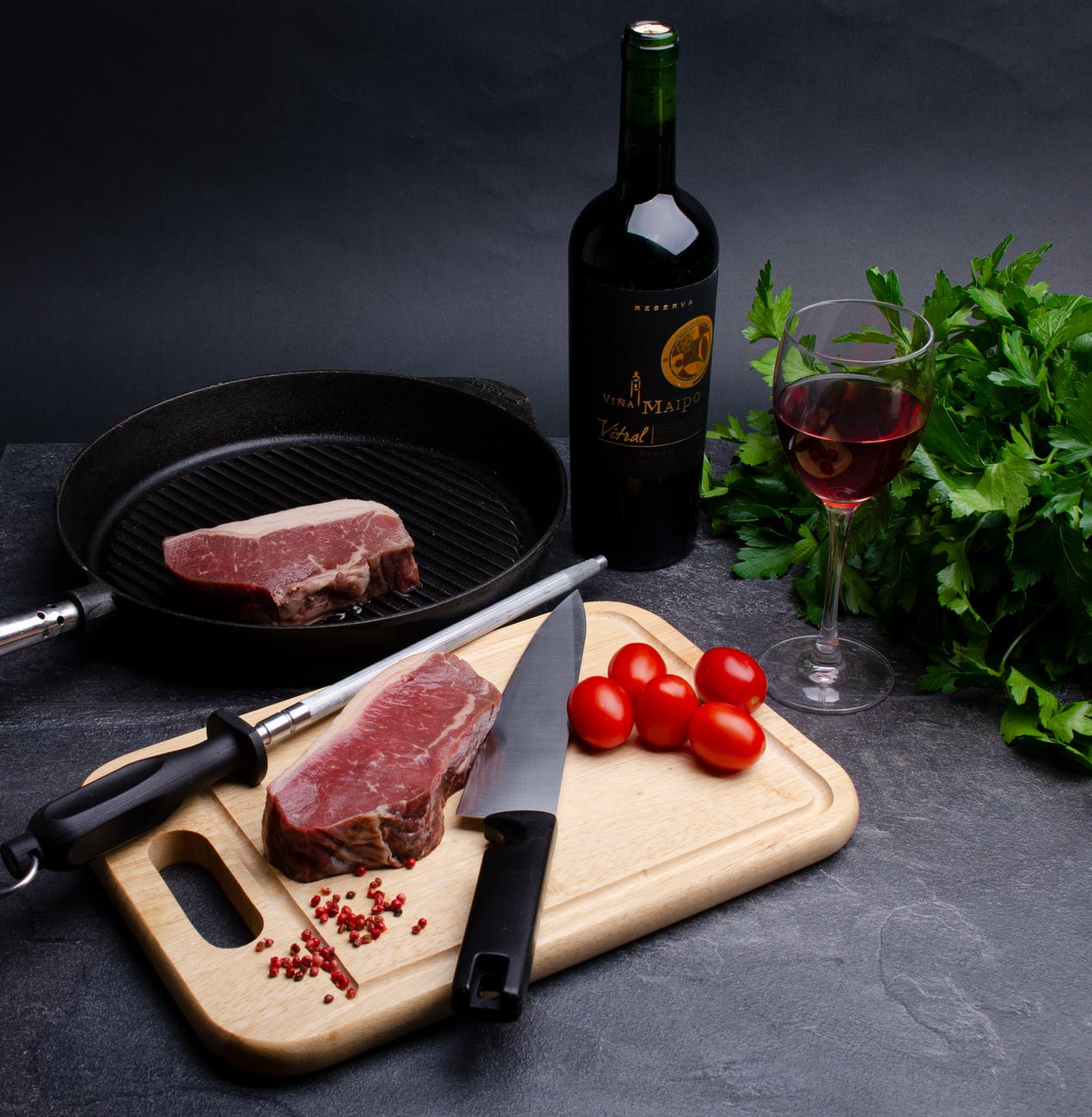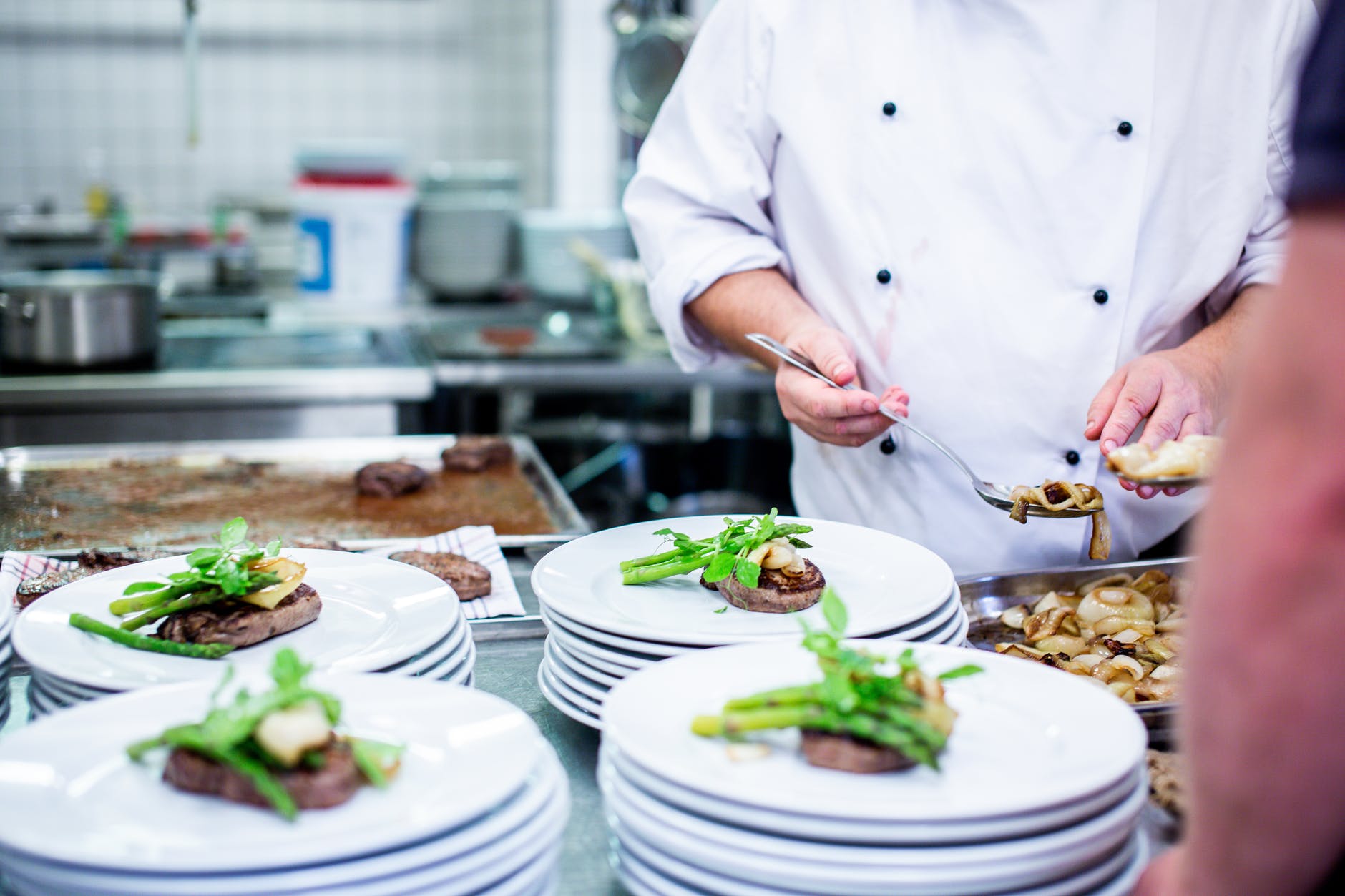When grocery prices are going up, how can you trim costs for your restaurant?
With restaurant food costs increasing in line with broader inflationary trends, many business owners are looking at ways to trim costs to maintain profitably. The good news is that there are plenty of ways to cut costs without harming the quality of your meals or service.
From improving your inventory management processes to ditching paper menus, there are all kinds of steps you can take to protect your profit margins against the rise in food prices. So, without any further delay, let’s run through some of the smartest strategic cost-cutting methods you can pursue.
Operate a Leaner Operation by Trimming Your Food Waste
By far one of the most effective cost-cutting measures you can implement is reducing the amount of food you waste. Food wasted is money poured down the drain, you need to ensure that you use as much of the food you buy as possible.
So, what can you do to stop throwing money into the garbage can?
Upgrade to a POS system that Includes Inventory Management Tools for Restaurants
While it may seem counterintuitive to invest more money to save money, it’s a smart strategy. When you upgrade to a POS system that incorporates data from your inventory, recipes, sales data, delivery schedules, and labor costs, you can start to order much more accurate food volumes, reducing the money spent on wasted food products.
You can use cutting-edge restaurant technology to track data going back days, weeks, months, and even years. Access to such detailed data allows you to plan perfect food orders with your suppliers, dramatically increasing the profit you manage to extract from each restock.

Recycle and Reuse Everything You Can
There’s no need to throw food away, just because it’s not in perfect condition. Most ingredients can be reused or recycled into something else. For example, you can turn stale bread into croutons or use it to make breadcrumb coatings. You can also take your leftover vegetables and turn them into a delicious vegetable stock.
By introducing a policy of only throwing food away that has no possible use, you can, once again, extract maximum value from each food order.
Switch to First-In, First-Out (FIFO)
One of the principal reasons for food being thrown away in a restaurant is expiration dates. However, by switching your kitchen to the FIFO method, you can ensure that you are using the oldest ingredients first to ensure as little as possible is being wasted due to its expiration date.
To make this work, you have to label everything clearly the moment it arrives in your kitchen. If you don’t, it becomes tough to figure out what is new and what is old. If you have certain ingredients approaching their expiration dates, you can then give your team a license to create a few daily specials to shift stock before it expires.
Negotiate with Your Food Suppliers
When trying to reduce costs, you can always negotiate directly with the parties responsible for one of your most significant cost centers.
Once you’ve gathered and analyzed the data from your POS system, you can approach your suppliers to work out how you can reduce your spending. One strategy is to shop around and see if any competitors can beat what you currently pay. You can present these offers to your current supplier and see if they will match them.
Alternatively, you can work out a plan whereby you buy a vast quantity of your most popular items in bulk in return for a steep discount while stipulating that you want to receive those goods across several deliveries, so you don’t have to deal with food spoilage. Buying in this manner ensures you always serve fresh food, reduce food waste, and bring down your spending per item.
Lastly, you can team up with other restaurants to increase your buying power with suppliers. By dramatically increasing your order volumes in this way, you can gain access to the same products for less.
Evaluate Your Menu and Focus on Improving Profitability of Poor Performers
One of the easiest ways to cut costs as a restaurant is by analyzing your menu and looking for dishes that are costing you too much money. The best way to ascertain which items are costing the most is by running the food cost percentage formula:
Food cost percentage = Total cost of ingredients / Menu item price
Ideally, your food cost percentage should be in the 15%-30% range, leaving you with 70%-85% gross revenue. If a menu item is coming in at well over 30%, then you should take action. You can either source cheaper ingredients for that menu item, raise its price or remove it entirely if you can’t really do either.
Go Digital with In-Restaurant Menus and Marketing Collateral
It’s no secret that restaurants spend thousands of dollars on menus each and every year. Worse, if you have to change the menu, you throw the old ones away and order a new batch. The same is true of table tents, drinks and dessert menus, and other pieces of table paraphernalia.
That’s why it makes sense to go digital. These days you can replace your restaurant menu with a QR code menu. Open diners have to open their phone camera, scan the code, and they can begin ordering in as little as a few taps.
Not only will this save you a small fortune in print costs, but it’s what today’s restaurant customers want. According to the National Restaurant Association, one in three customers seek out restaurants with a digitally enhanced dining experience. Therefore, implementing restaurant QR codes gives you the double benefit of stealing a march on competitors still using traditional menus while simultaneously saving money.

Reassess Your Marketing Spending
Many restaurant owners are guilty of overspending on marketing campaigns, some of which bear no meaningful increases in revenues. Therefore, it’s always wise to perform an audit of your marketing costs.
For instance, it could be that your Facebook Ads are costing you more than it's worth to acquire new customers. In that case, it might be worth exploring social influencer marketing, whereby influential local individuals with huge social media followings will talk up your restaurant to their followers for as little as $50.
Another way to hone your marketing efforts is by digging into the data stored within your POS system. With software provided by POSTRON, you can analyze the spending habits of your customers to come up with customized discounts and special offers that are much more likely to convert.
For instance, if you have a few big spenders on steaks, why not offer them a 2-4-1 coupon for steak on one of the quieter nights of the week to entice them to have more of their favorite dish at a steep discount?
Mitigate the Increasing Price of Food with a POS System from POSTRON
While food prices continue to increase, many of you will be assessing how and where you can reign in your spending to maintain profitability. Hopefully, by using one or two of the tips laid out above, you can not only cut costs but also increase profits too.
With helpful restaurant inventory management tools, advanced customer spending analytics, and the ability to turn your in-house collateral into a smooth digital ordering experience, POSTRON POS systems offer you everything you need to run a successful restaurant business.
Feel free to speak to a member of our team today to discuss any of our customized POS solutions and secure a free demo.

